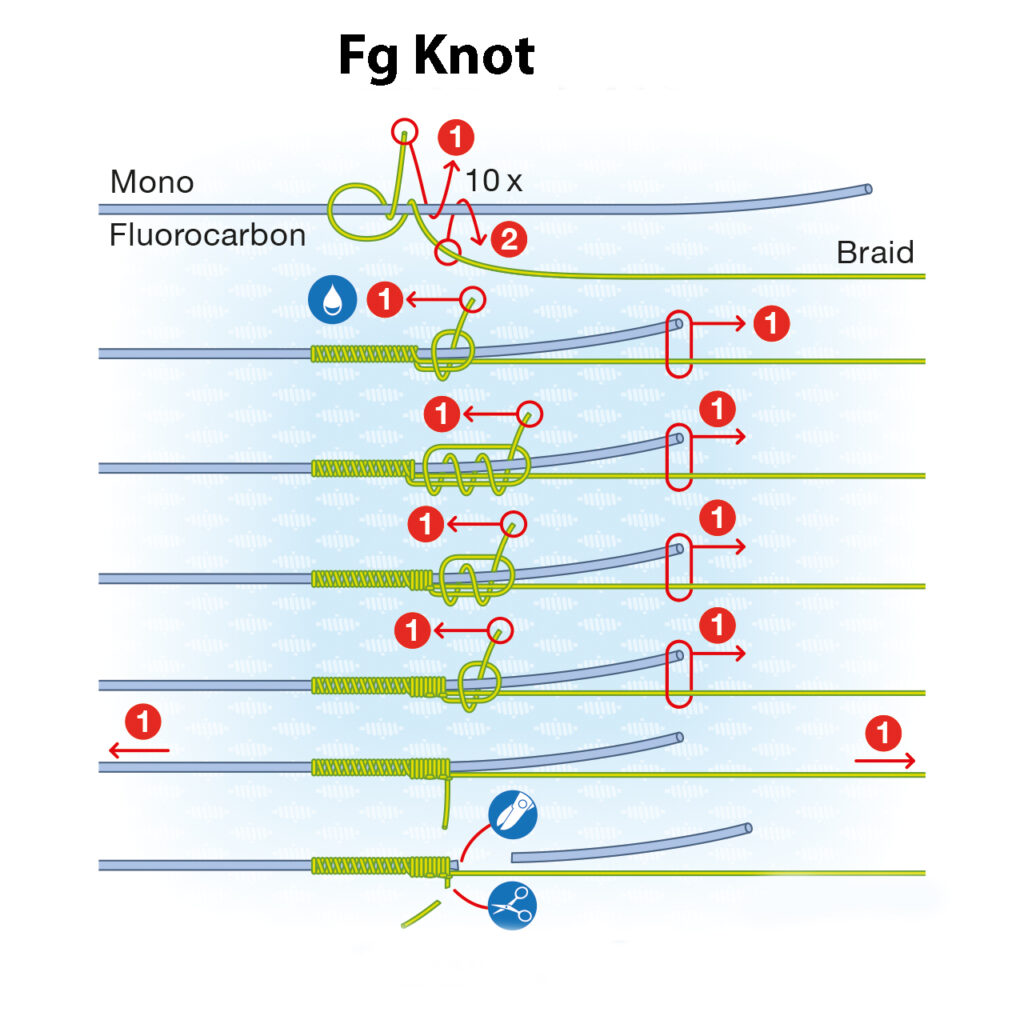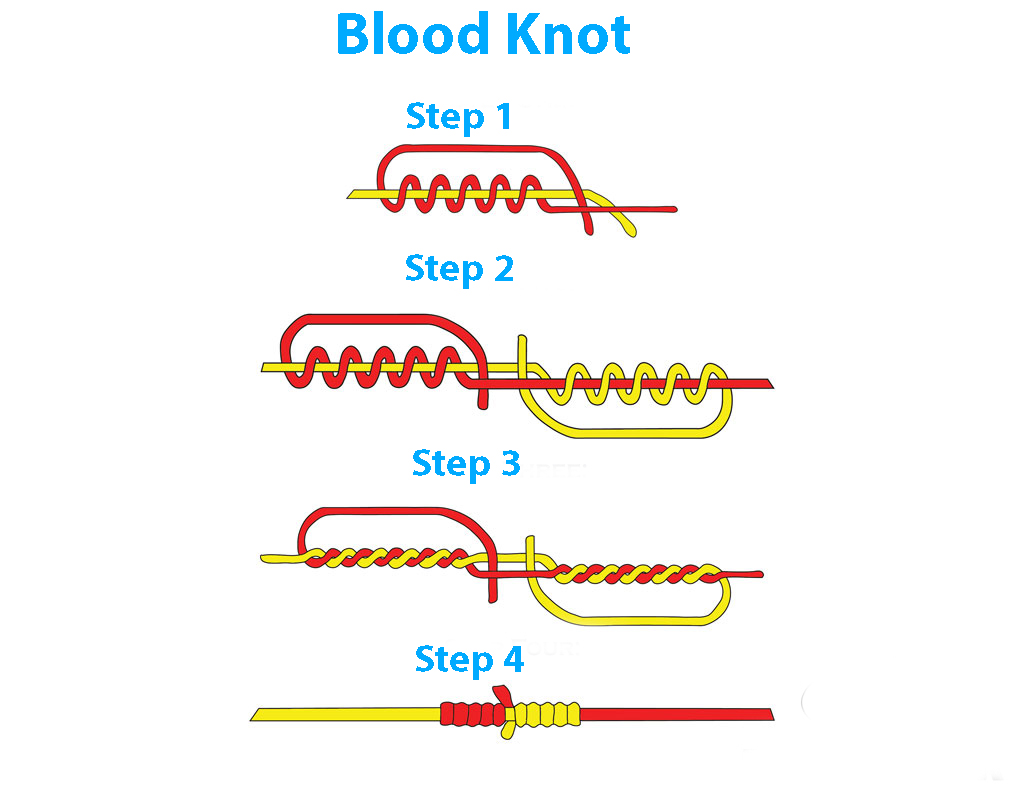
Hey there, fishing enthusiasts! Have you ever found yourself staring at a tangled mess of fishing line, muttering curses under your breath as you try to remember which knot is best for which situation? Well, today’s your lucky day! We’re diving deep into the world of fishing knots, specifically the FG knot and the Blood knot. By the end of this article, you’ll be a knot-tying ninja, armed with the knowledge to choose the perfect connection for any fishing scenario.
Let’s be real, folks: knots are the unsung heroes of fishing. They’re the glue that holds everything together, from your line to your leader to your lure or bait. A weak or poorly tied knot can mean the difference between landing that trophy fish and watching it swim away with your dreams.
I’ve had my fair share of knot-related disasters over the years. I remember one time when I was fishing for tarpon in the Florida Keys. I had a monster fish on the line, and just as I was about to bring it to the boat, my leader snapped at the knot. It was a heartbreaking moment, and I learned my lesson the hard way: a good knot is worth its weight in gold.
Today, we’re focusing on two heavyweight contenders in the knot world: the FG knot and the Blood knot. These knots are both used for joining different types of fishing lines, but they each have their own unique strengths and weaknesses.

The FG knot is like the ninja of fishing knots. It’s incredibly strong, boasting a high breaking strength that can withstand the pull of even the most powerful fish. But its real superpower is its low profile. When tied correctly, the FG knot is virtually invisible to fish, allowing your bait or lure to move naturally and entice those wary bites.
I’ll never forget the first time I learned to tie the FG knot. It felt like a rite of passage, a secret handshake among experienced anglers. It took me a few tries to get it right, but once I mastered it, I felt like a whole new world of fishing possibilities opened up to me.

The Blood knot is like the trusty old pickup truck of fishing knots. It may not be flashy, but it gets the job done reliably and efficiently. It’s a simple knot that’s easy to learn and quick to tie, making it a favorite among anglers of all skill levels.
I’ve used the Blood knot countless times over the years, and it’s never let me down. It’s perfect for joining two lines of similar diameter, such as when you’re adding a fluorocarbon leader to your monofilament line.
Now, let’s get down to brass tacks and compare these two knots head-to-head.
Breaking Strength:
Knot Profile:
Ease of Tying:
Versatility:
So, which knot is right for you? The answer depends on several factors, including the type of fishing line you’re using, the species you’re targeting, and your personal preferences.
If you’re using braided line and need the strongest possible connection, the FG knot is the way to go. Its low profile also makes it ideal for fishing in clear water or around spooky fish.
If you’re using monofilament or fluorocarbon line and need a simple and reliable knot, the Blood knot is a great choice. It’s also a good option for beginners who are still learning the ropes.
No matter which knot you choose, there are a few tips and tricks you can use to ensure a strong and secure connection:
The FG knot can be a bit intimidating at first, but with practice, it’s not that difficult. Here are a few tips to help you master it:
The Blood knot is a simple knot, but there are still a few things you can do to ensure a strong connection:
Now that you’re armed with the knowledge of the FG knot and Blood knot, you’re well on your way to becoming a knot-tying expert. Remember, choosing the right knot can make all the difference in your fishing success.
Don’t be afraid to experiment with different knots and see what works best for you. With practice and patience, you’ll be able to tie knots like a pro in no time. And who knows, you might even teach your fishing buddies a thing or two!